10 Adorable Animals That Were Once Feared Monsters in Folklore
In the vast tapestry of human culture, animals have played a pivotal role, often transcending their natural forms to become symbols, myths, and legends. From the earliest cave paintings to modern-day media, animals have been depicted in myriad ways, reflecting our fascination and sometimes fear of the natural world. Historically, many of these creatures were seen as monstrous, embodying nature's unknown and terrifying aspects. Yet, as society evolved, so did our perceptions. This transformation from fearsome creatures to beloved icons is fascinating and tells a story of how cultural narratives shift over time. The journey from monster to adorable icon is a testament to humanity's ability to reinterpret and reshape its relationship with nature. This article will explore 10 animals whose origins are steeped in myth and legend, yet today, they are seen as symbols of cuteness or charm.
1. The Dolphin - From Sea Monsters to Symbols of Joy
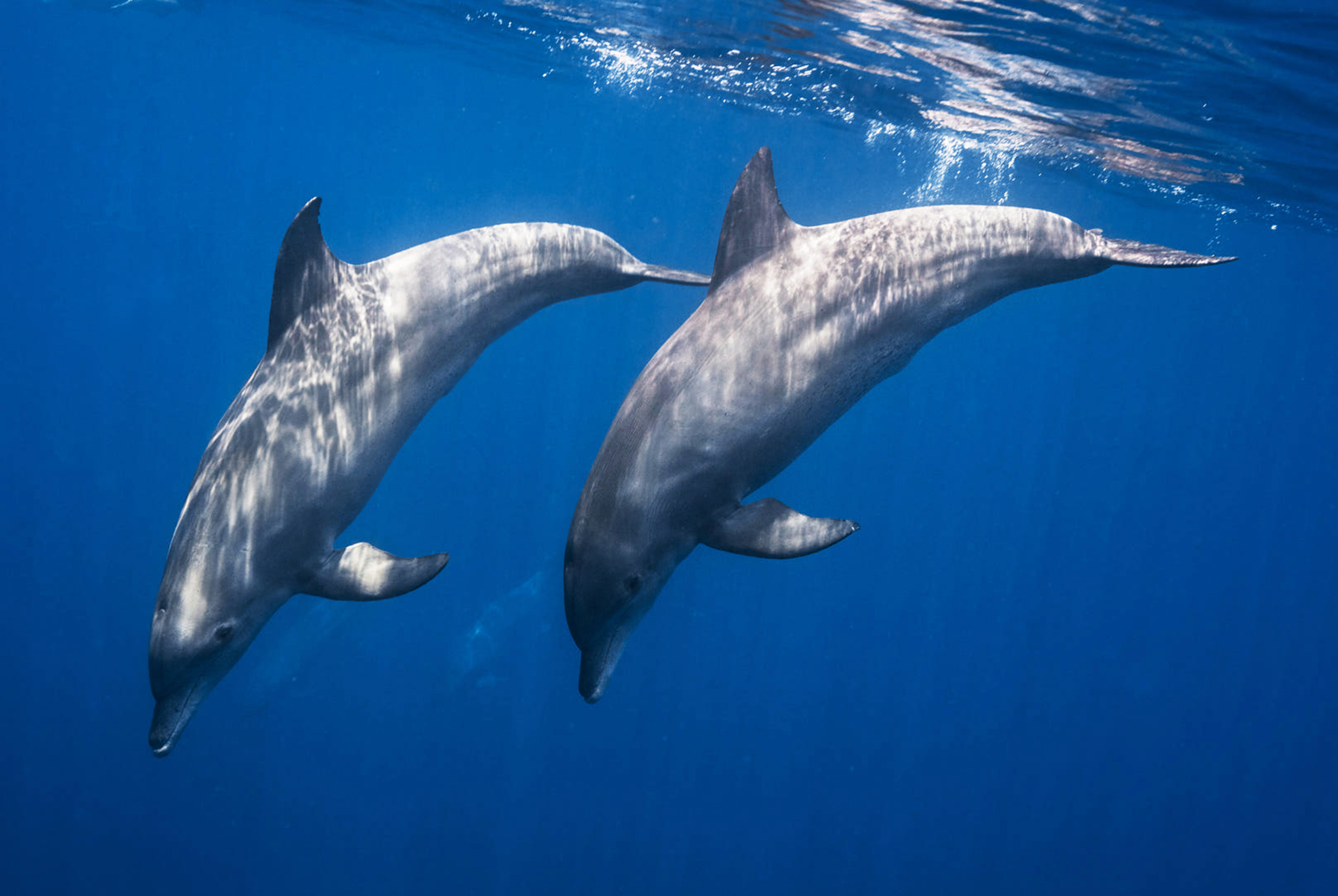
In ancient times, dolphins were often misinterpreted as sea monsters due to their elusive nature and the mysterious depths they inhabited. Mariners spun tales of mermaids and sirens, attributing supernatural qualities to the creatures they encountered in the vast oceans. Dolphins, with their sleek forms and playful behavior, were sometimes feared as tricksters of the sea, capable of luring sailors to their doom. Our appreciation for dolphins grew as our understanding of marine life grew. Observations of their intelligence, social structures, and playful interactions reshaped their image from mysterious sea dwellers to beloved marine mammals. Dolphins became symbols of freedom and joy, celebrated for their acrobatics and seemingly perpetual smiles. These traits have made dolphins a favorite subject in aquariums and wildlife documentaries, further cementing their status as icons of happiness and intelligence. The transformation of dolphins from feared sea creatures to adored symbols of joy reflects a broader trend in how humans relate to the natural world. As we learn more about the creatures we share the planet with, our perceptions shift, allowing us to appreciate their complexity and beauty. Dolphins once shrouded in mystery, now inspire awe and affection, reminding us of the ocean's wonders and the joy of discovery.
2. The Bat - From Night Terrors to Halloween Heroes
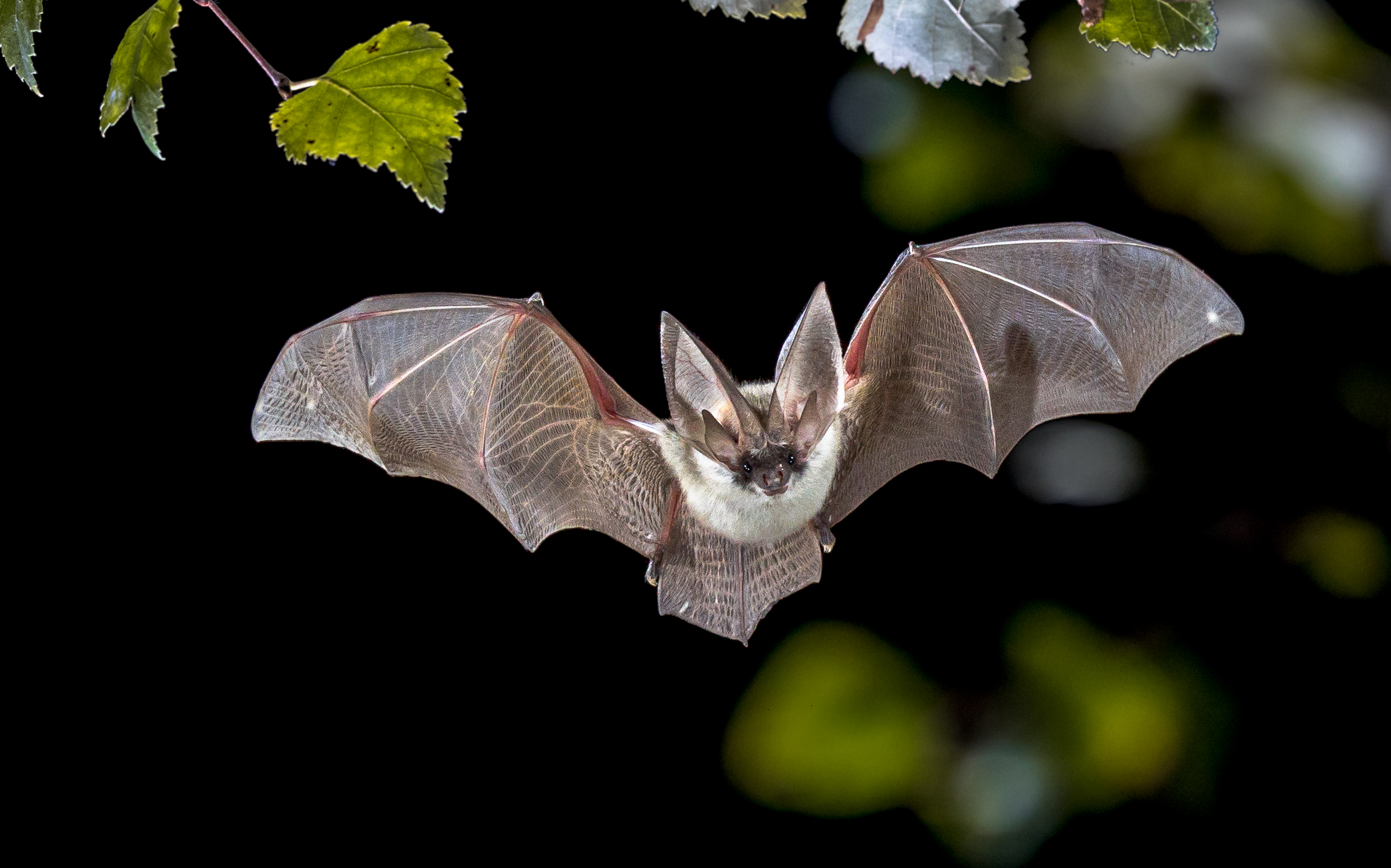
Bats have long been associated with the night and all its mysterious and frightening qualities. In many cultures, bats were seen as harbingers of doom, linked to witches, vampires, and other supernatural beings. Their nocturnal habits and eerie flight patterns fueled these associations, casting them as creatures of darkness and fear. Myths and legends often portrayed bats as sinister, bloodthirsty beings, reinforcing their image as night terrors. However, the narrative surrounding bats has undergone a significant transformation. With an increased understanding of their ecological importance and unique biology, bats are now recognized as vital contributors to ecosystems. They play crucial roles in pollination, seed dispersal, and insect control, showcasing their value beyond the myths. Conservation efforts and educational campaigns have helped shift perceptions, highlighting bats as fascinating and beneficial creatures. Today, bats are celebrated, particularly during Halloween, as symbols of mystery and intrigue rather than fear. Popular culture has softened their image, where they are often depicted as cute or comical characters. The transformation of bats from night terrors to Halloween heroes exemplifies our ability to change perceptions through knowledge and understanding, turning fear into fascination.
3. The Owl - From Omens of Death to Wise Guardians
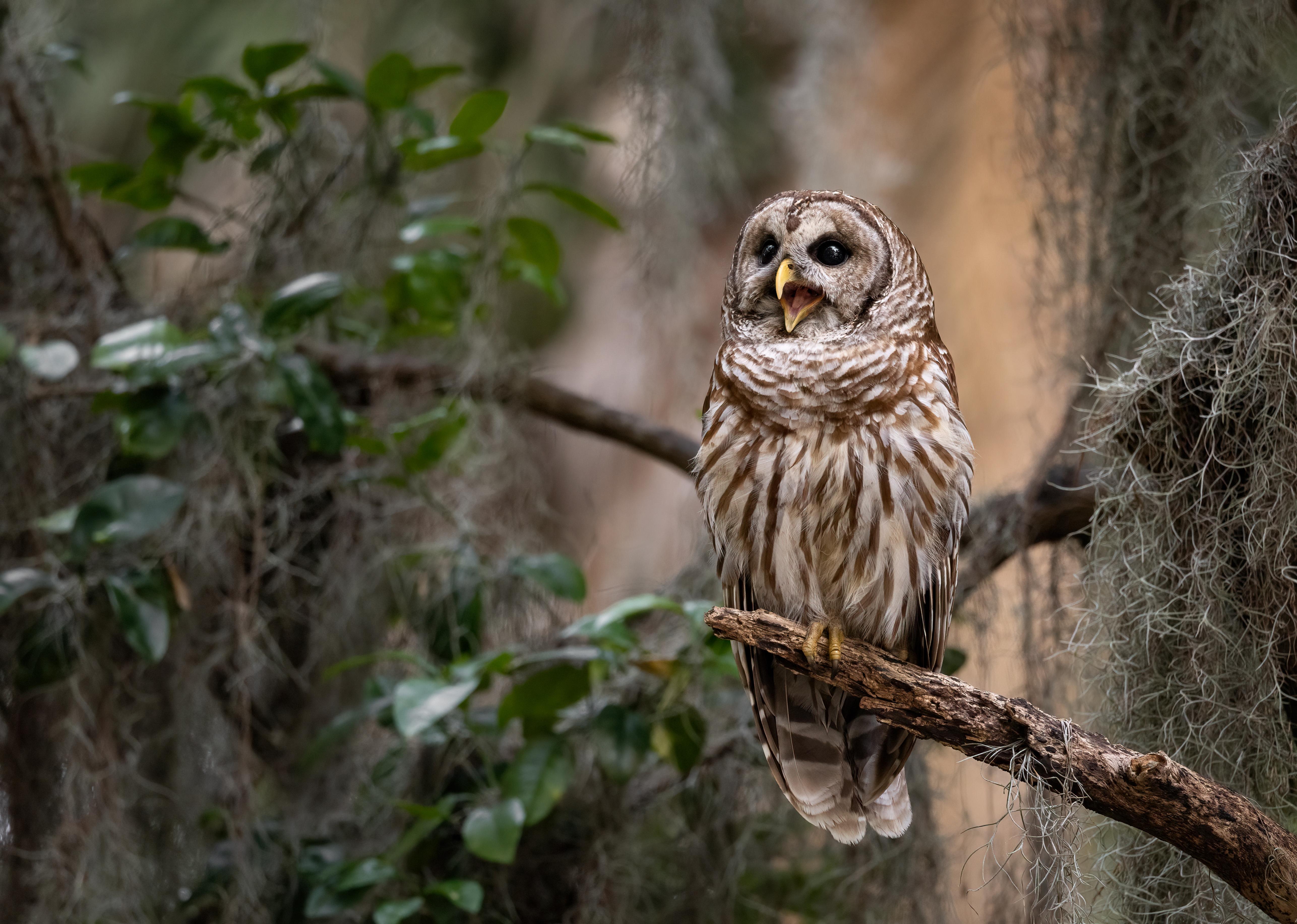
Owls have occupied a unique place in mythology, often associated with wisdom, mystery, and death. In many cultures, the call of an owl was considered an omen, foretelling death or misfortune. Their silent flight and nocturnal nature contributed to their mystique, casting them as enigmatic and sometimes malevolent creatures. Ancient myths often depicted owls as messengers of the underworld, reinforcing their association with the supernatural. Despite these dark associations, owls have also been revered as symbols of wisdom and knowledge. The ancient Greeks saw the owl as the companion of Athena, the goddess of wisdom, and this duality has persisted through the ages. In modern times, owls have been embraced as symbols of intelligence and insight, often portrayed as wise and benevolent guides in literature and media. The transformation of owls from omens of death to wise guardians reflects our evolving relationship with the natural world. We appreciate their beauty and intelligence as we learn more about these fascinating birds, their role in ecosystems, and their unique adaptations. Owls have become beloved icons, representing the pursuit of knowledge and the mysteries of the night.
4. The Cat - From Witches' Familiars to Internet Sensations
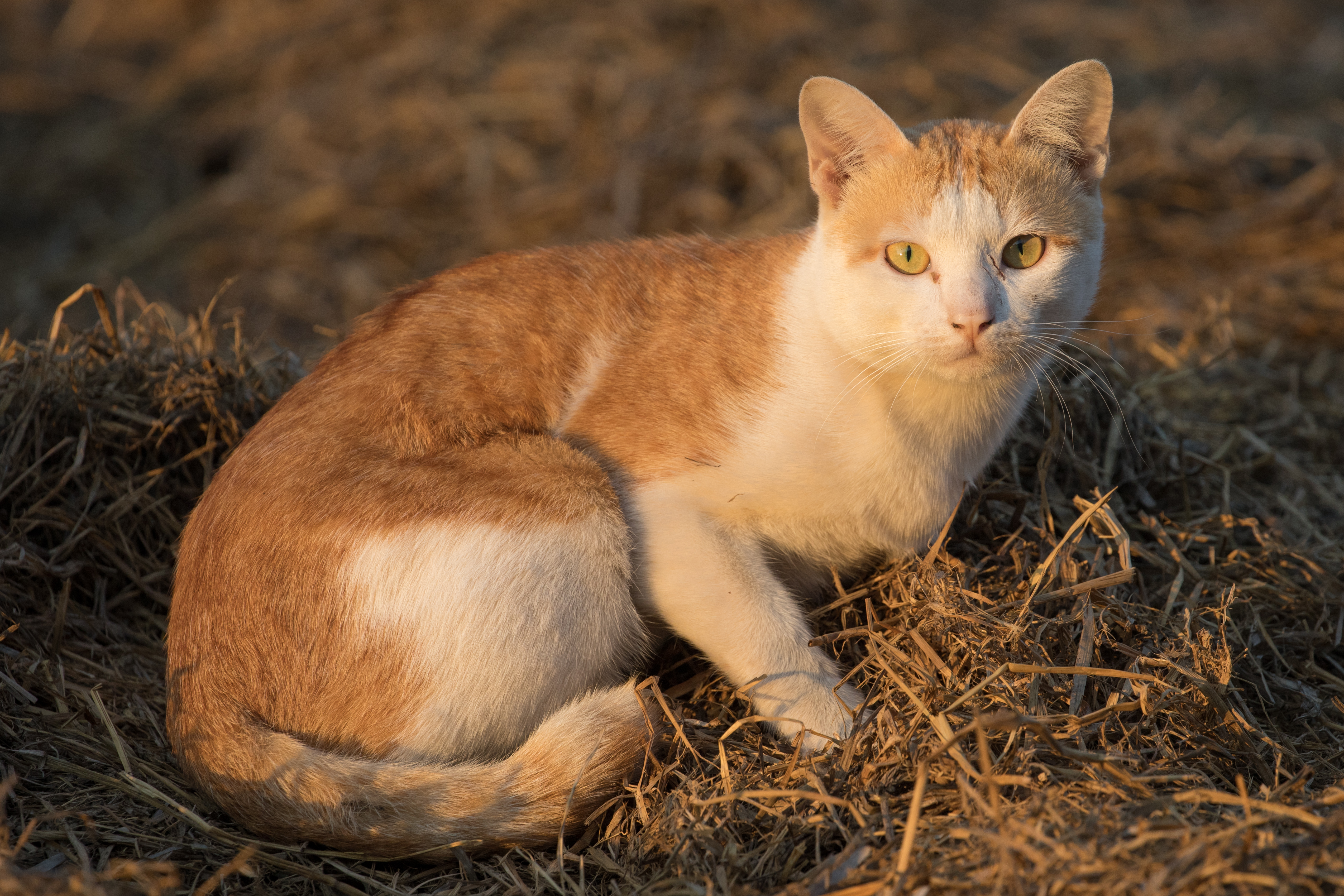
Cats have long been associated with mystery and magic, often depicted as the companions of witches and sorcerers. Cats were feared and persecuted in medieval Europe, linked to dark magic and superstition. Their independent nature and nocturnal habits fueled these beliefs, casting them as creatures of the supernatural. Myths and legends often portrayed cats as cunning and mysterious, reinforcing their image as witches' familiars. Over time, the perception of cats has undergone a dramatic transformation. With the rise of the internet and social media, cats have become beloved icons of cuteness and humor. Their playful antics and endearing personalities have captured the hearts of millions, making them viral videos and memes stars. Cats are now celebrated for their charm and charisma, far removed from their dark associations of the past. The cats' journey from witches' familiars to internet sensations highlights our ability to reshape cultural narratives. As we embrace the quirks and personalities of these enigmatic creatures, we move beyond superstition and fear, finding joy and companionship in their presence. Once shrouded in mystery, cats bring laughter and love into our lives.
5. The Fox - From Cunning Tricksters to Beloved Characters
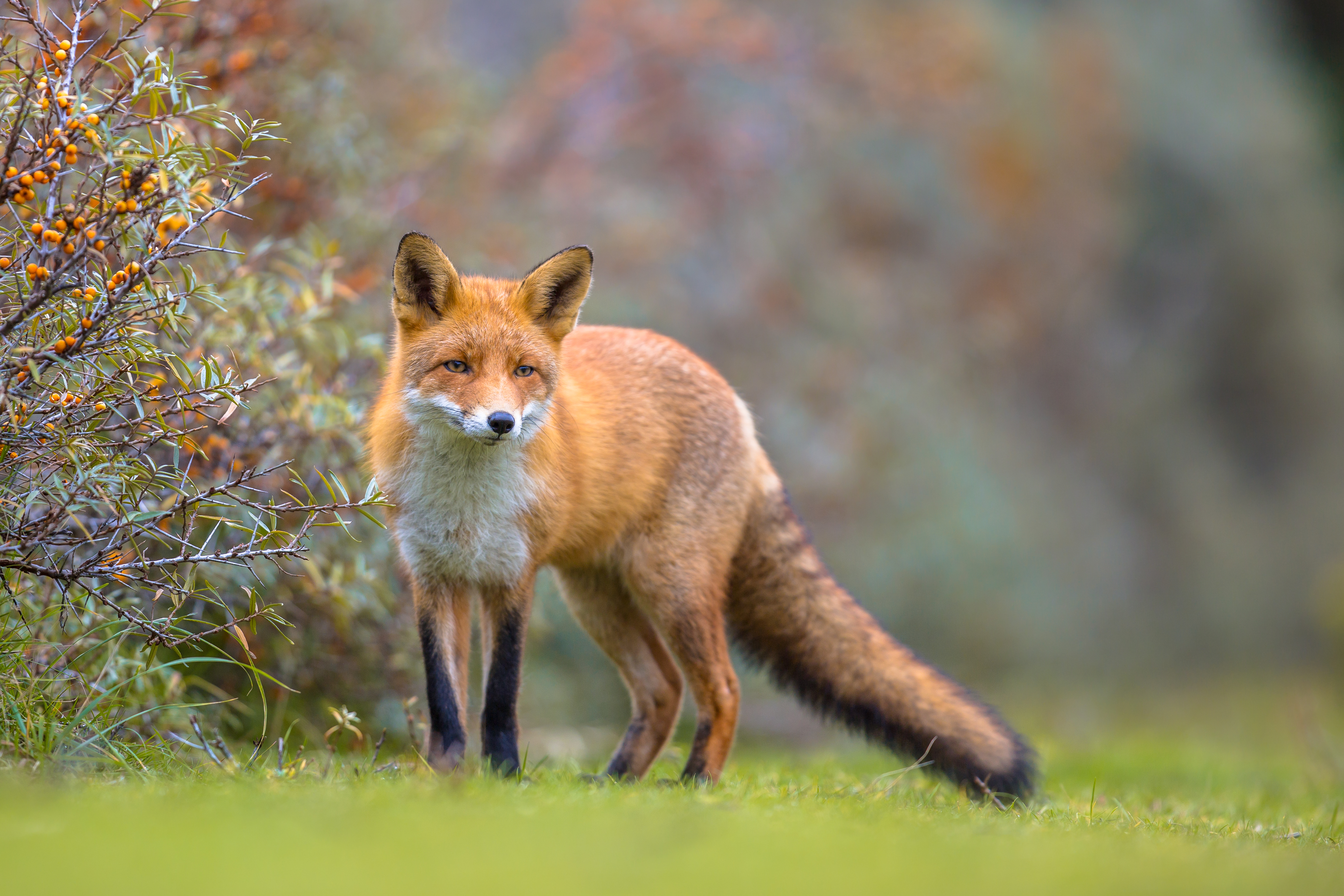
Foxes have long been depicted as cunning and sly creatures in folklore, often portrayed as tricksters who outsmart others for their gain. This image is prevalent in many cultures, from the clever Reynard the Fox in European tales to the kitsune of Japanese mythology. Foxes were seen as symbols of deception and guile, embodying the darker aspects of intelligence and wit. Despite their reputation as tricksters, foxes have also been admired for their beauty and adaptability. In recent years, they have become beloved characters in literature and media, celebrated for their intelligence and charm. Stories like "The Little Prince" and films like "Fantastic Mr. Fox" have reimagined foxes as endearing and resourceful, highlighting their positive traits. The transformation of foxes from cunning tricksters to beloved characters reflects a broader trend in how we view intelligence and adaptability. By embracing the complexity of these creatures, we move beyond simplistic stereotypes, finding beauty and inspiration in their stories. Foxes, once seen as deceptive, now inspire admiration and affection.
6. The Wolf - From Fearsome Predators to Symbols of Loyalty
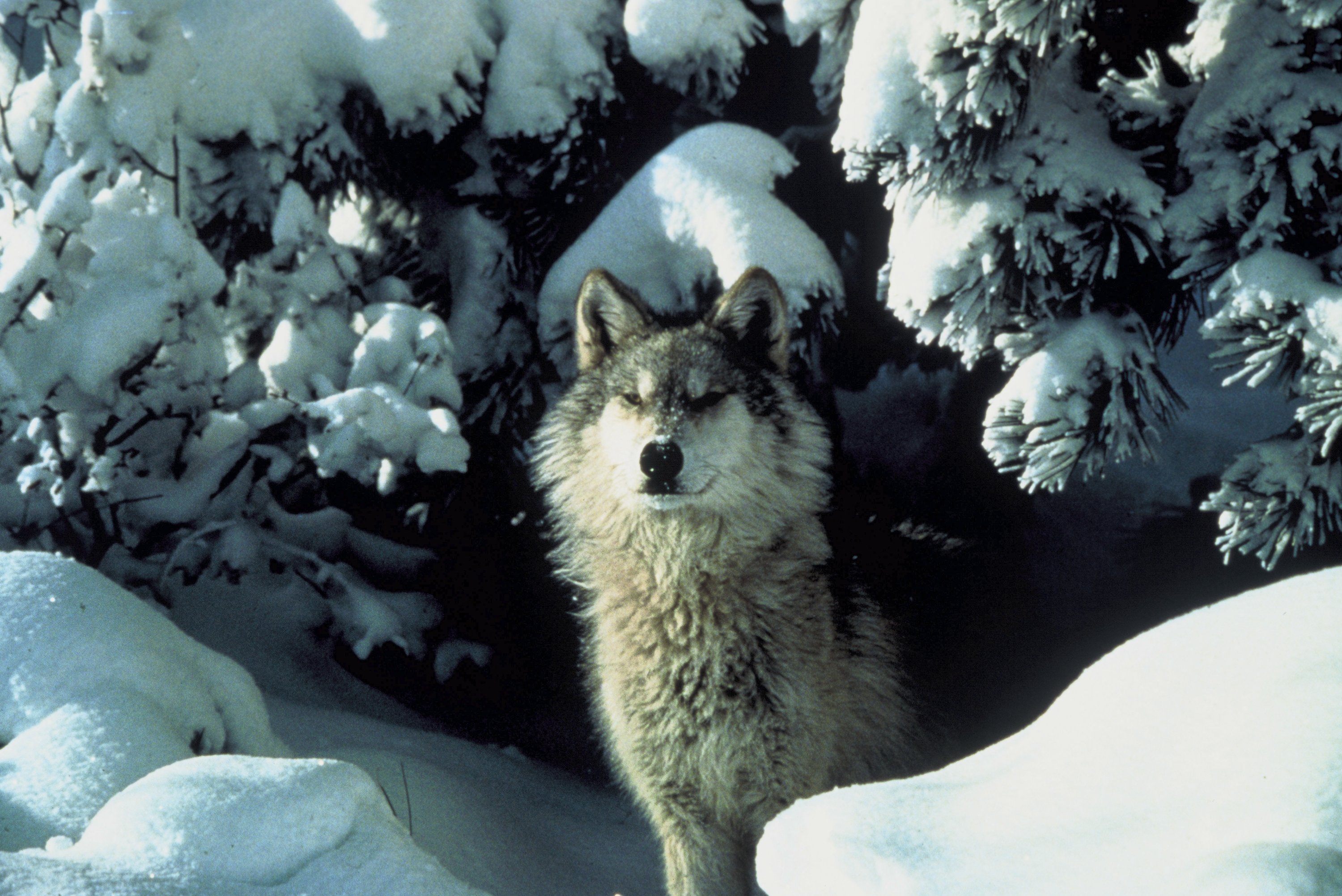
Wolves have long been feared and revered equally, often depicted as fearsome predators in myths and legends. In many cultures, wolves were seen as symbols of danger and aggression, embodying nature's wild and untamed aspects. Stories of werewolves and wolf attacks fueled these fears, casting wolves as creatures to be feared and hunted. Despite their fearsome reputation, wolves have also been admired for their strength, loyalty, and social structure. In recent years, they have become symbols of family and teamwork, celebrated for their pack dynamics and resilience. Conservation efforts and educational campaigns have helped shift perceptions, highlighting the importance of wolves in ecosystems and their role as keystone species. The transformation of wolves from fearsome predators to symbols of loyalty reflects our evolving relationship with nature. As we learn more about these complex creatures, we appreciate their beauty and importance, moving beyond fear to find inspiration in their strength and unity. Once seen as threats, wolves symbolize the power of family and cooperation.
7. The Bear - From Savage Beasts to Teddy Bear Icons
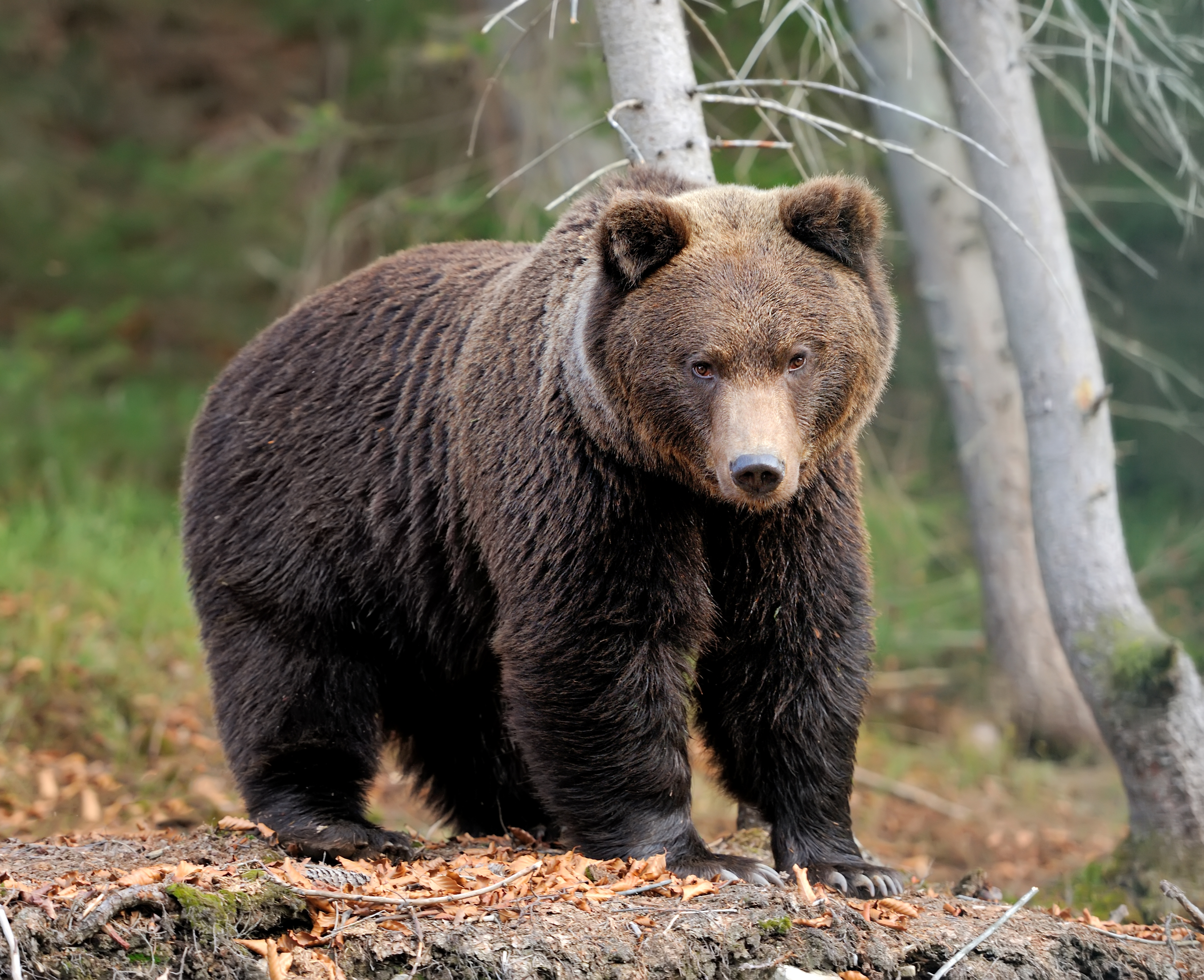
Bears have long been depicted as powerful and dangerous creatures in folklore, often seen as symbols of strength and ferocity. In many cultures, bears were feared as savage beasts, embodying nature's untamed and unpredictable aspects. Myths and legends often portrayed bears as formidable adversaries, reinforcing their image as creatures to be feared and respected. Despite their fearsome reputation, bears have also been admired for their strength and resilience. Recently, they have become beloved icons and are celebrated for their gentle and playful nature. The invention of the teddy bear in the early 20th century marked a significant shift in perception, transforming bears from savage beasts to symbols of comfort and companionship. The transformation of bears from fearsome creatures to teddy bear icons reflects our ability to reshape cultural narratives. As we learn more about these fascinating animals, we appreciate their beauty and complexity, moving beyond fear to find inspiration and comfort in their presence. Bears, once seen as threats, now bring warmth and joy into our lives.
8. The Elephant - From War Machines to Gentle Giants
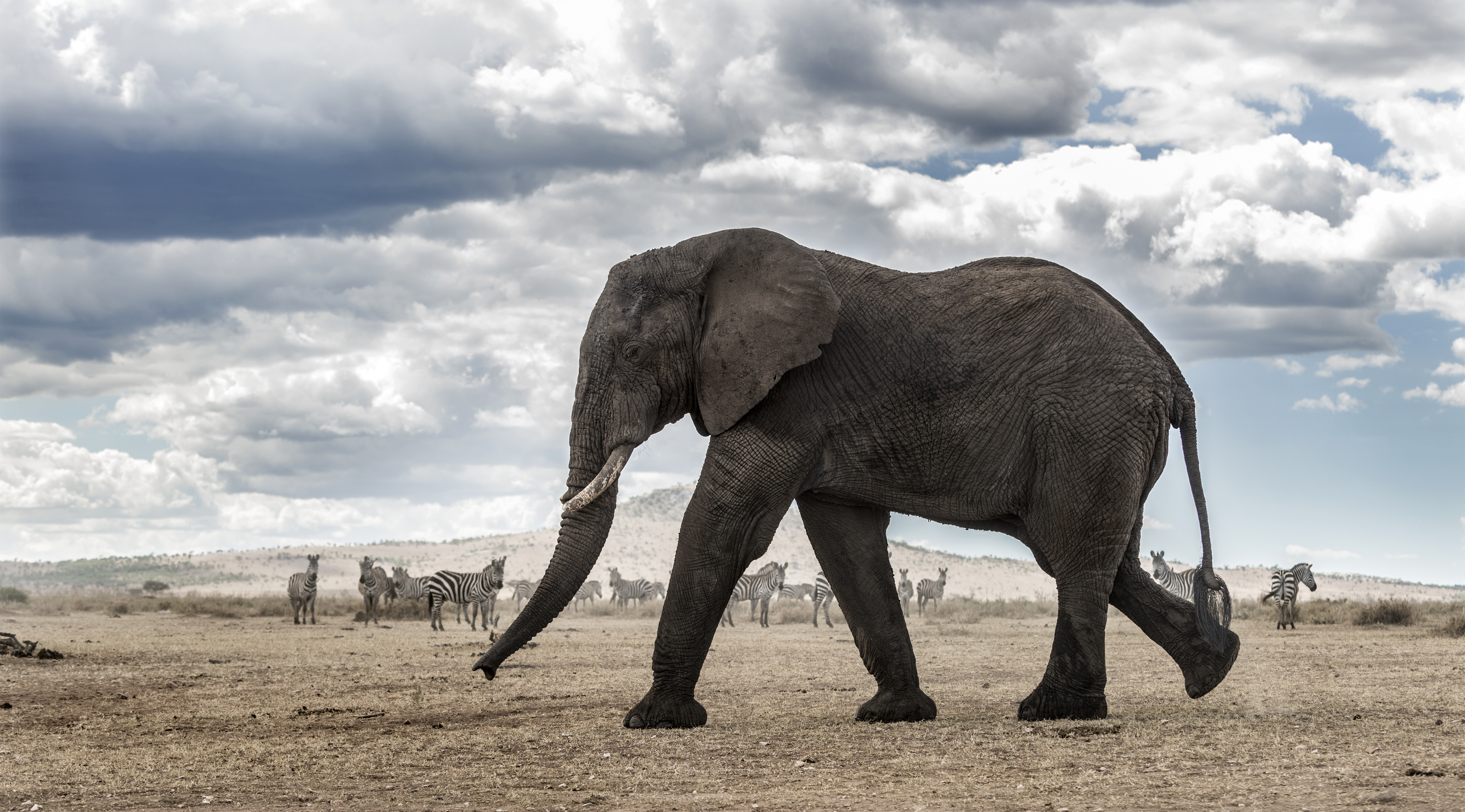
In mythology, elephants have long been depicted as powerful and majestic creatures, often used as symbols of strength and war. In ancient times, elephants were used as war machines, and their size and strength made them formidable adversaries on the battlefield. Myths and legends often portrayed elephants as symbols of power and dominance, reinforcing their image as creatures of war. Despite their association with war, elephants have also been admired for their intelligence, empathy, and social bonds. They have become symbols of wisdom and gentle strength in recent years, celebrated for their complex social structures and emotional depth. Conservation efforts and educational campaigns have helped shift perceptions, highlighting the importance of elephants in ecosystems and their role as keystone species. The transformation of elephants from war machines to gentle giants reflects our evolving relationship with nature. As we learn more about these magnificent creatures, we appreciate their beauty and importance, moving beyond fear to find inspiration in their wisdom and compassion. Elephants, once seen as symbols of war, now embody the power of empathy and connection.
9. The Whale - From Leviathans of the Deep to Ocean Ambassadors
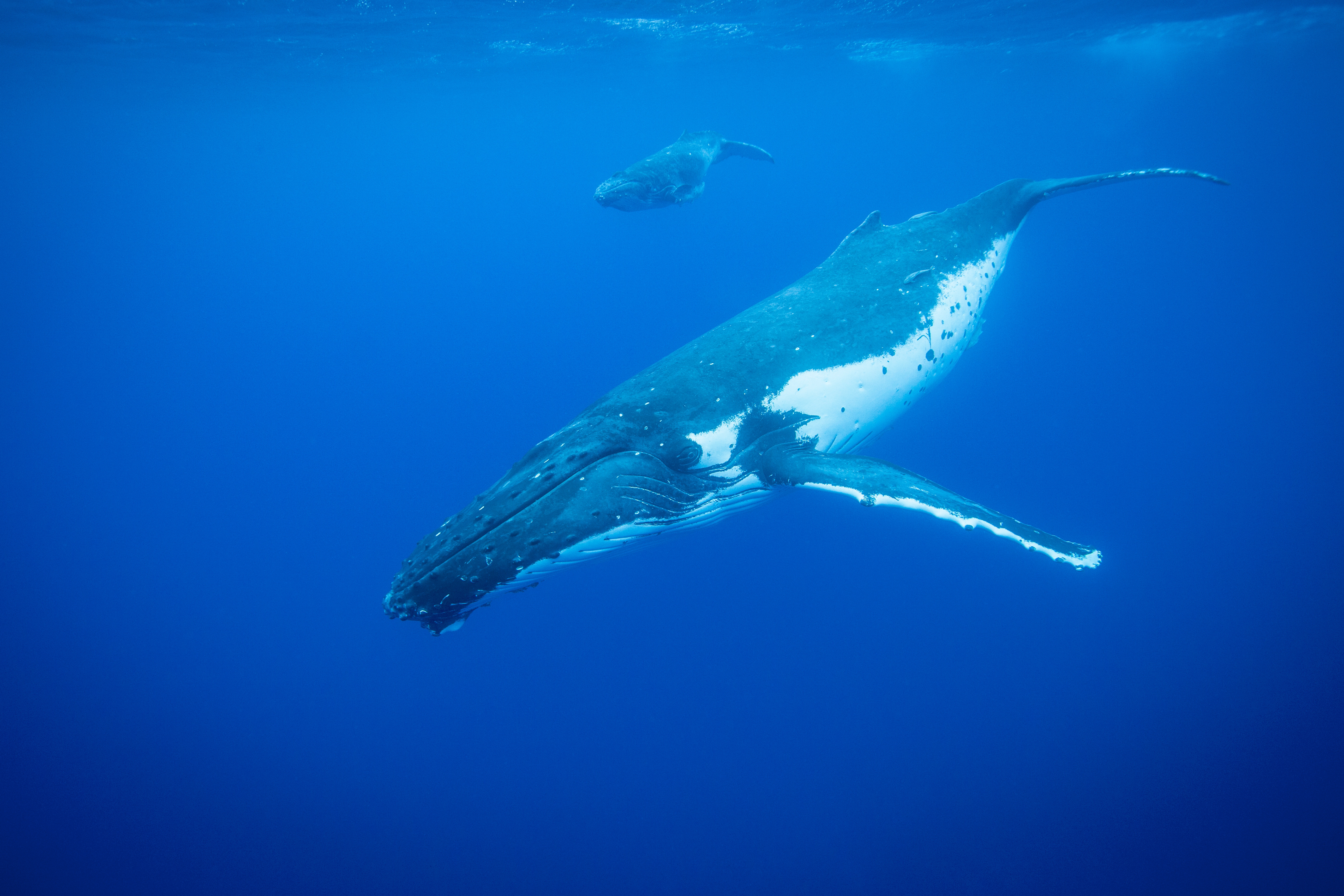
Whales have long been depicted as mysterious and fearsome creatures in folklore, often seen as leviathans of the deep. In many cultures, whales were feared as monsters of the sea, embodying the unknown and terrifying aspects of the ocean. Myths and legends often portrayed whales as formidable adversaries, reinforcing their image as creatures to be feared and respected. Despite their fearsome reputation, whales have also been admired for their intelligence, grace, and beauty. Recently, they have become symbols of conservation and environmental awareness, celebrated for their role in marine ecosystems and their importance in the fight against climate change. Conservation efforts and educational campaigns have helped shift perceptions, highlighting the need to protect these magnificent creatures and their habitats. The transformation of whales from leviathans of the deep to ocean ambassadors reflects our evolving relationship with the natural world. As we learn more about these gentle giants, we appreciate their beauty and importance, moving beyond fear to find inspiration in their grace and majesty. Once seen as monsters, whales embody the power of conservation and environmental stewardship.
10. The Komodo Dragon – From Mythical Monsters to Conservation Icons
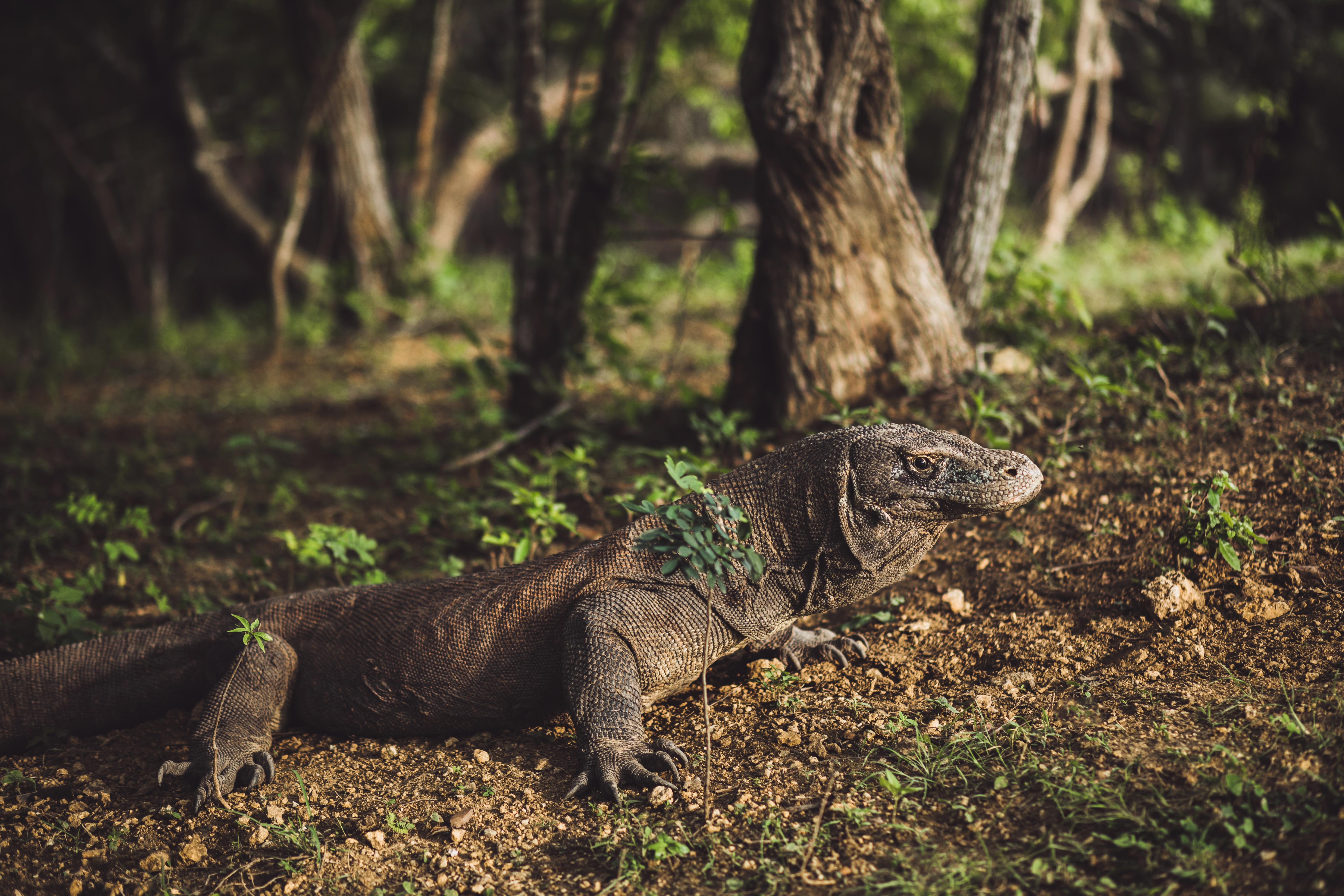
For centuries, the Komodo dragon was the subject of myths and exaggerated tales, often depicted as a terrifying, man-eating beast lurking in the wilds of Indonesia. Early sailors and explorers spread chilling stories of giant, fire-breathing lizards, likening them to dragons of legend. Their impressive size, powerful jaws, and venomous bite further fueled the belief that they were something otherworldly, reinforcing their image as ferocious, prehistoric predators. While the Komodo dragon is indeed an apex predator, modern science has helped reframe its role in the ecosystem, moving beyond fear to admiration. Researchers have discovered that these creatures play a vital role in maintaining ecological balance on the islands where they live, and rather than being mindless killers, they are intelligent hunters with fascinating survival strategies. Conservation efforts have further shifted the narrative, emphasizing the importance of protecting their dwindling populations from habitat loss and poaching.
As we continue to learn more about the creatures we share the planet with, we have the opportunity to reshape our perceptions and embrace the beauty and complexity of nature. By moving beyond fear and superstition, we can find inspiration and joy in the diversity of life, celebrating the unique qualities of each species. The transformation of these animals from fearsome creatures to beloved icons highlights our capacity for empathy, understanding, and appreciation, reminding us of the power of knowledge and the importance of conservation. By embracing nature's beauty and complexity, we enrich our lives and contribute to preserving and protecting the natural world. By celebrating the stories and transformations of these animals, we honor their place in our cultural heritage and reaffirm our commitment to a future where all creatures are valued and protected. Let us continue to explore, learn, and celebrate the wonders of the animal kingdom, finding inspiration in the journey from monsters of myth to icons of adoration.







